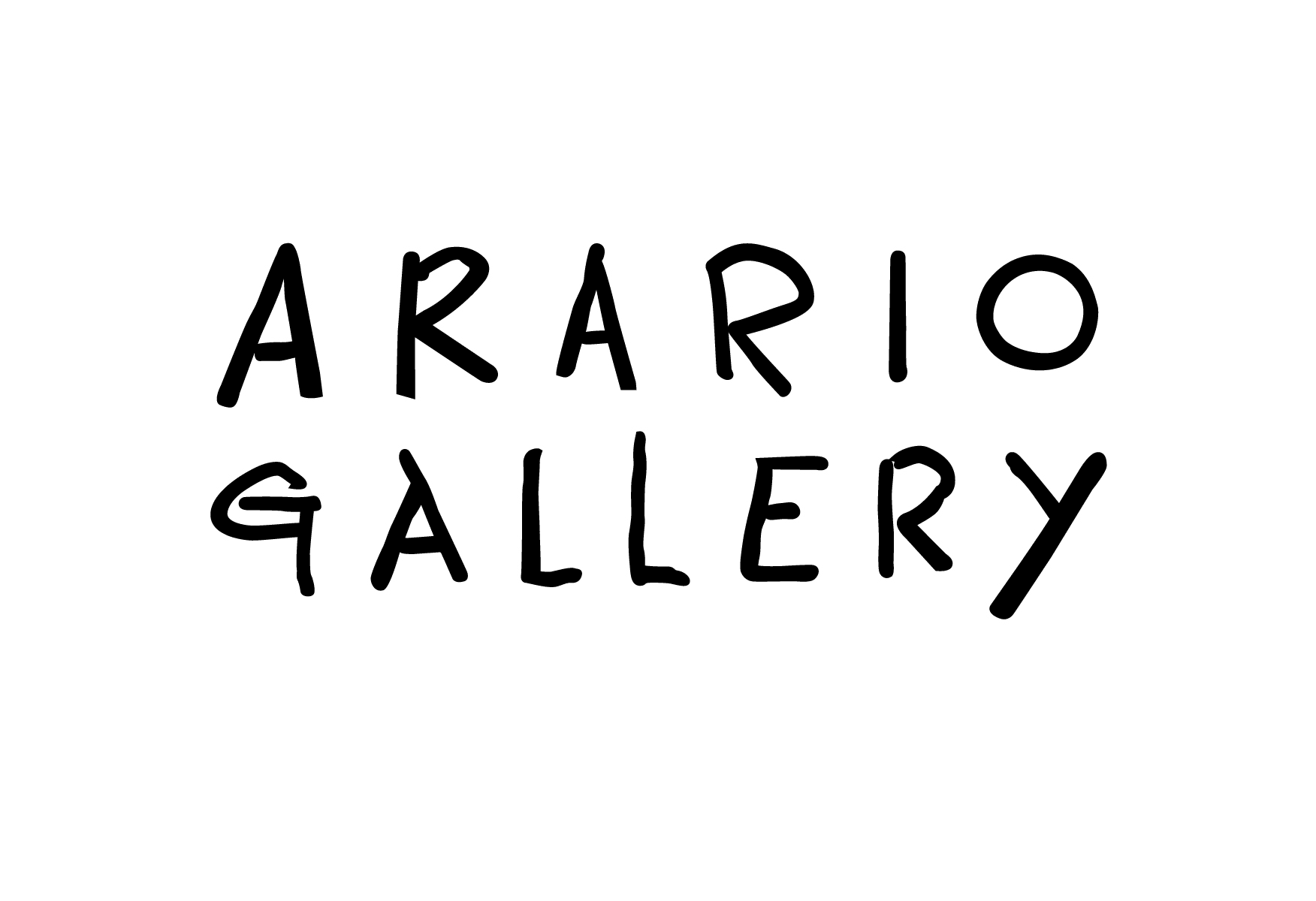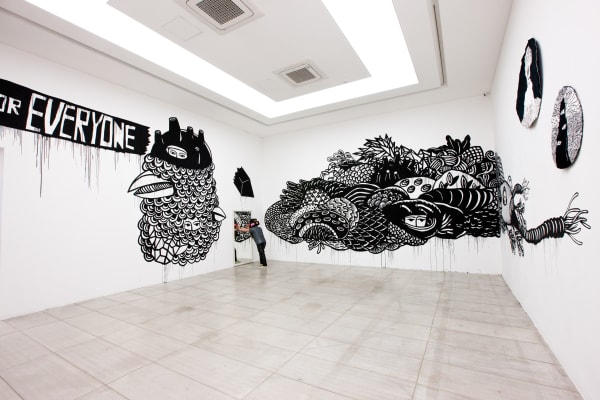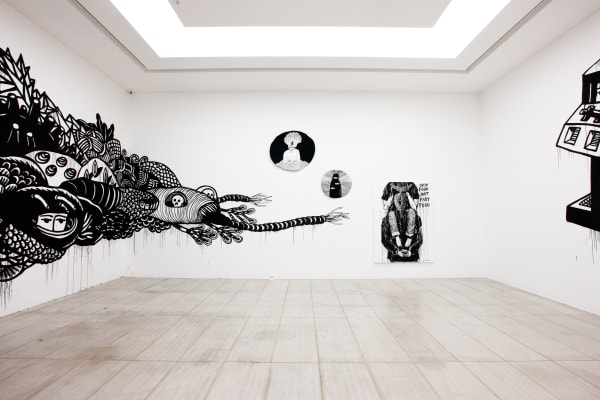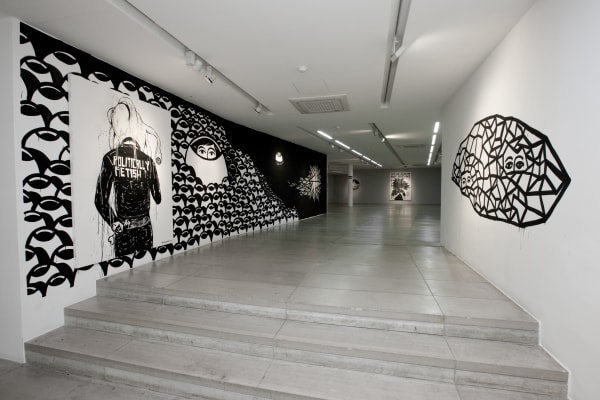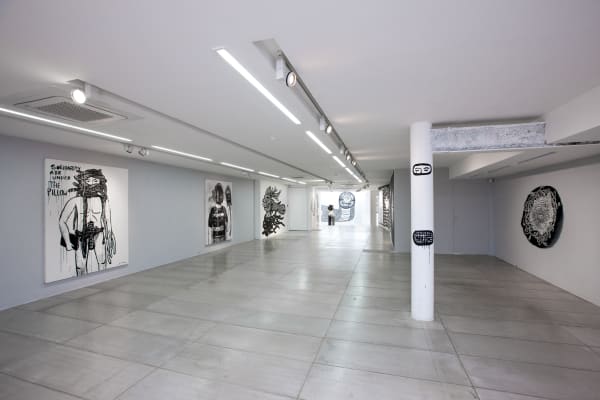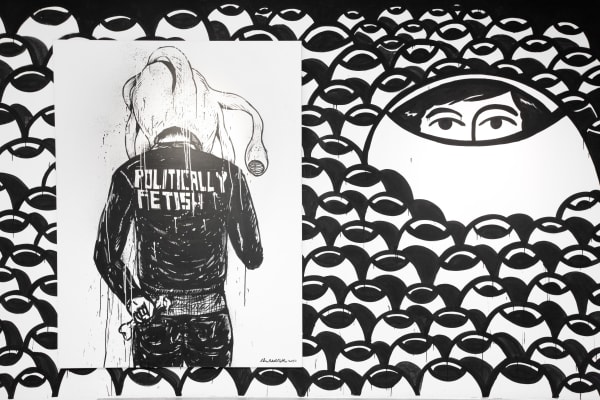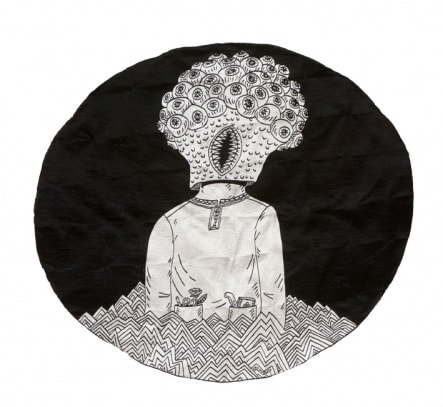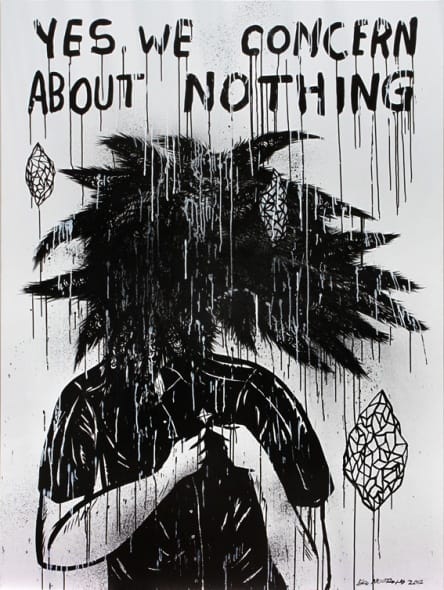Eko NUGROHO
Eko Nugroho
We are Concern About Nothing
Date | 2013. 10. 1 (Tue) - 11. 3(Sun)
Place | Arario Gallery Seoul
Work | Painting, Sculpture, Embroidery and Wall Painting
Opening Reception | 2013. 10. 1(Tue) 6pm
Arario Gallery will be hosting Korea’s first ever solo exhibition of the Indonesian artist Eko Nugroho’s works from October 1 to November 3, 2013. Nugroho, internationally known for his recent exhibition at Pompidou, his participation in the Venice Biennale, and collaboration with Louis Vuitton, is the rising star in the Indonesian art scene. This solo exhibition will take place at Arario Cheongdam, and will include Nugroho’s sculptures, paintings, embroideries and an elaborate large-scale mural.
Arario Gallery will be hosting Korea’s first ever solo exhibition of the Indonesian artist Eko Nugroho’s works from October 1 to November 3, 2013. Nugroho, internationally known for his recent exhibition at Pompidou, his participation in the Venice Biennale, and collaboration with Louis Vuitton, is the rising star in the Indonesian art scene. This solo exhibition will take place at Arario Cheongdam, and will include Nugroho’s sculptures, paintings, embroideries and an elaborate large-scale mural.
Nugroho will be presenting black and white paintings, embroideries, and sculptures modeled after human bodies along with a colorful wall-size mural that portray his singularly strong yet fluid lines. The paintings are all portraits of unique, unknown subjects, comprising sturdy phrases, alluding to the environmental and systematic conditions of existence such as the society or political entanglements.
Eko Nugroho came into fame with his works that reflect socio-political issues that emerged in the wake of the Sueharto administration in the late ‘90s. Keeping refreshing faith in the purity of human nature, he represents Indonesia’s cultural preference to collective homogeneity to individual perspectives. Democracy was the source of hope for minorities in the Indonesian society under over 30 years of dictatorship; Nugroho’s arrival was a timely event that reflected this need. Nugroho questions oppressive social norms that quash the individual, as well as the hypocritical norms that perpetuate the cycle of collectivism.
The artist thus expresses his concern:
“It seems like being different is becoming harder with each day. The society doesn’t like difference. I’m scared of the possibility that one day each of us individuals would become exhibited objects in the glass cases of museums.”
But the artist opts for humorous or, at times, absurd and ironic dialogues encapsulated in word balloons in his paintings instead of pouring out incisive words of criticism. These icons, inspired by doodles and comics, are bold and often dynamic. However, the inclusion of tools such as masks and helmets remind the viewers of concepts such as camouflage or concealment, emphasizing the dark possibilities of the adverse effects human nature may harbor.
The artists’ insights formally resemble the humorous expressions in comics. The characters in his works look like robots or specific characters in comics; drawn with thick black lines, they remind the audience of European art animation from the ‘70s and ‘80s in France. In fact, Nugroho has published comics that reflect the liberal and artistic atmosphere of Yogyakarta, and produced simple cell animations based on drawings and traditional Indonesian shadow plays. The characters, wearing layers of symbolic factors set in an unidentified time line and location, are in themselves attractive. In short, Nugroho’s works reflect the political turmoil that took place are still happening now in Indonesia’s past and present, as well as social and economic development, the inflow of foreign culture, and its mixture with domestic culture.
